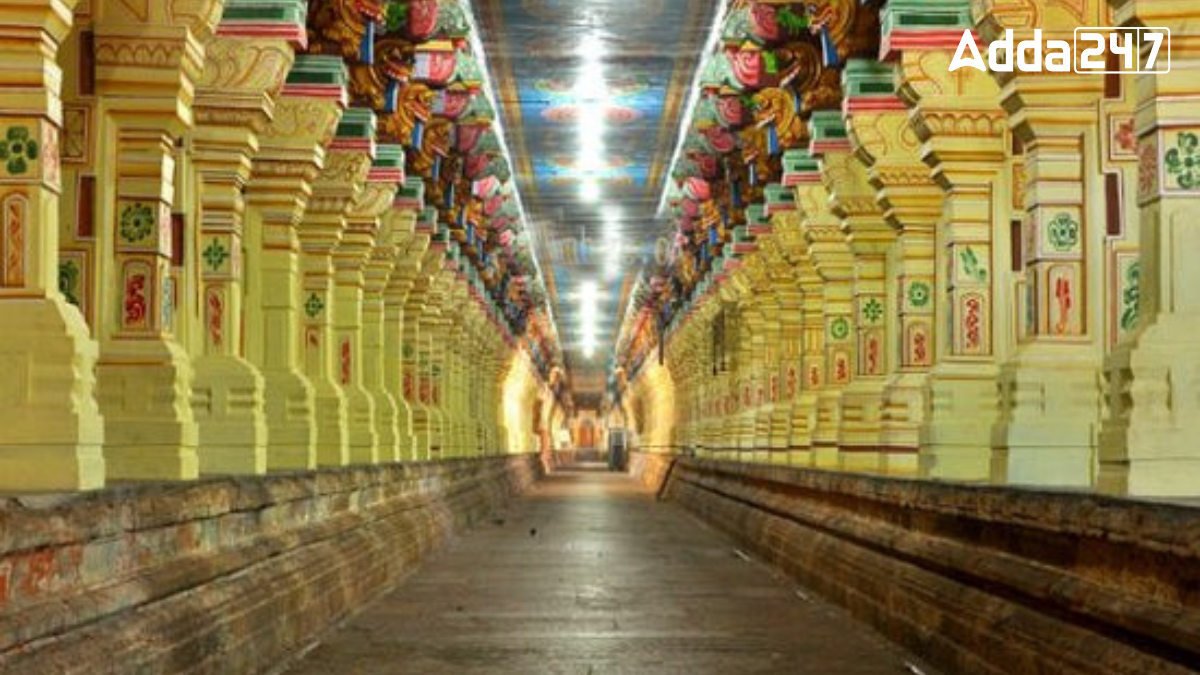India’s architectural splendor is exemplified by its majestic corridors, which serve as cultural and spiritual arteries within temples and historical structures. Among these, the Ramanathaswamy Temple in Rameswaram, Tamil Nadu, boasts the longest corridor in the country. Spanning over 1,224 meters, adorned with thousands of intricately carved pillars, this corridor not only showcases remarkable Dravidian architecture but also holds deep religious significance for pilgrims and visitors alike.
Understanding Corridors in Indian Architecture
Corridors in Indian architecture are pathways that connect different parts of a building or lead to important areas such as shrines, sanctuaries, or courtyards. They are often adorned with intricate carvings, paintings, or architectural details that reflect the cultural and artistic heritage of the region.
The Longest Corridor in India
The longest corridor in India, located at Ramanathaswamy Temple in Rameswaram, Tamil Nadu, stretches an impressive 1,224 meters (approximately 3,850 feet). Adorned with around 1,212 intricately carved pillars, this architectural marvel is renowned for its Dravidian style and serves as a significant pilgrimage site for Hindus. The corridor facilitates circumambulation (pradakshina), a ritual believed to purify the soul and grant spiritual merit to devotees.
Features of the Longest Corridor in India
- Length and Layout: The longest corridor in India, found at Ramanathaswamy Temple in Rameswaram, spans 3,850 feet and features approximately 1,212 intricately carved pillars along its outer path.
- Architecture: The corridor is a classic example of Dravidian architecture, characterized by pyramid-shaped towers (gopurams), large pillared halls (mandapams), and extensive corridors that facilitate circumambulation (pradakshina) around the sanctum sanctorum.
- Artistic Elements: The pillars and walls of the corridor are adorned with exquisite sculptures depicting various deities, celestial beings, and mythological scenes. The intricate craftsmanship reflects the artistic prowess of ancient Indian artisans.
Cultural and Religious Significance
The Ramanathaswamy Temple holds immense religious significance, especially for devotees undertaking the Char Dham pilgrimage, which includes Rameswaram as one of the four sacred destinations. The corridor serves as a pathway for devotees to perform circumambulation (pradakshina) around the sanctum sanctorum, a ritual believed to bestow spiritual merit.





 Which City is known as the City of Bambo...
Which City is known as the City of Bambo...
 Who was the First Home Minister of India...
Who was the First Home Minister of India...







